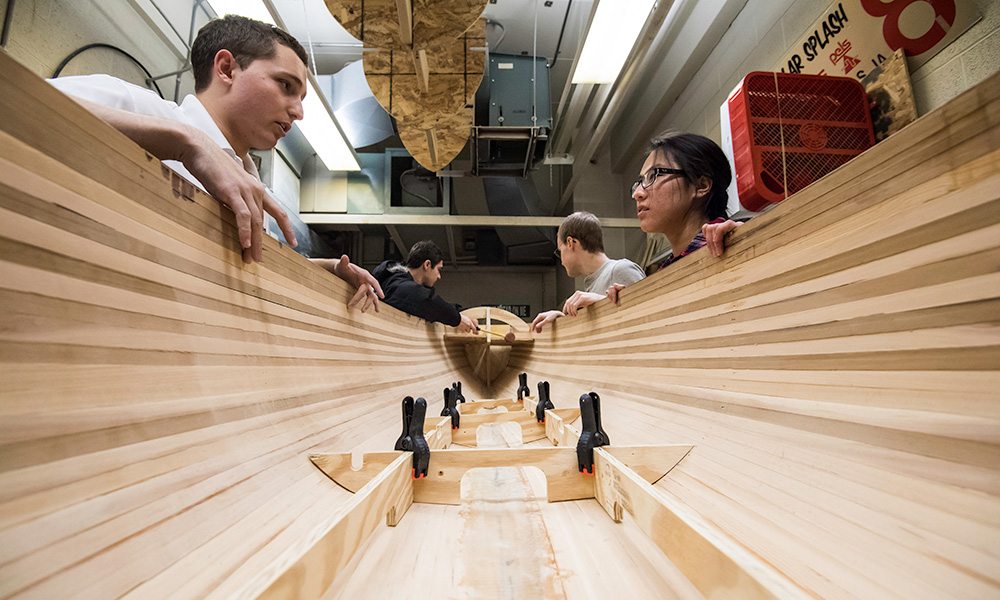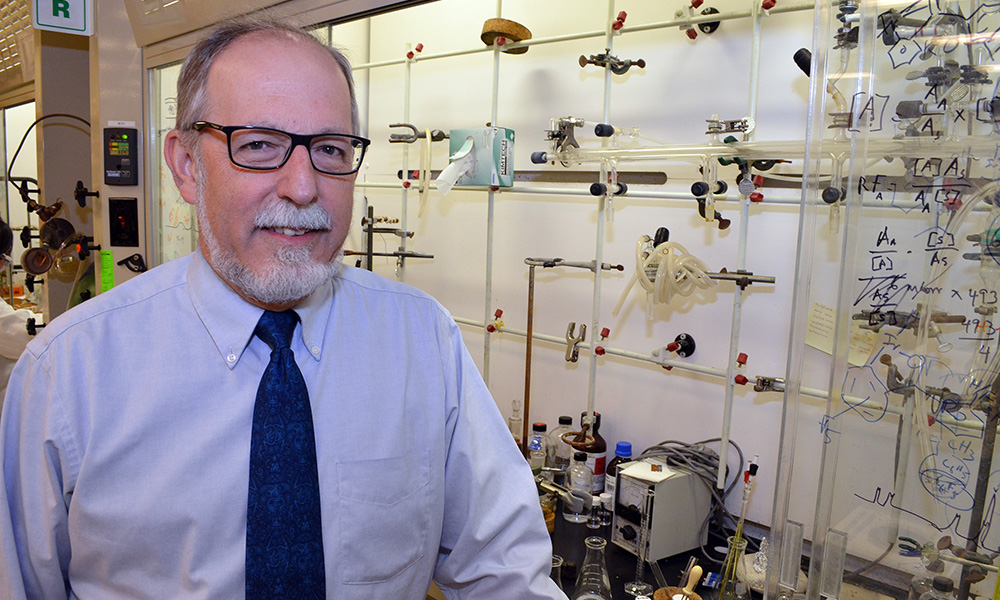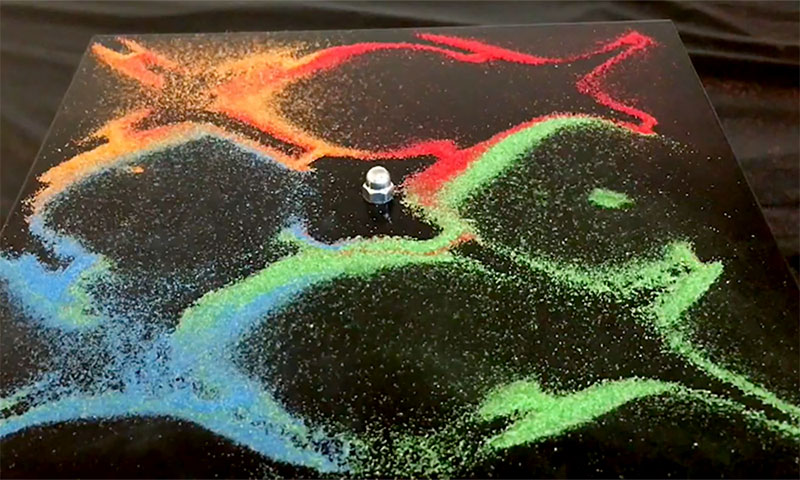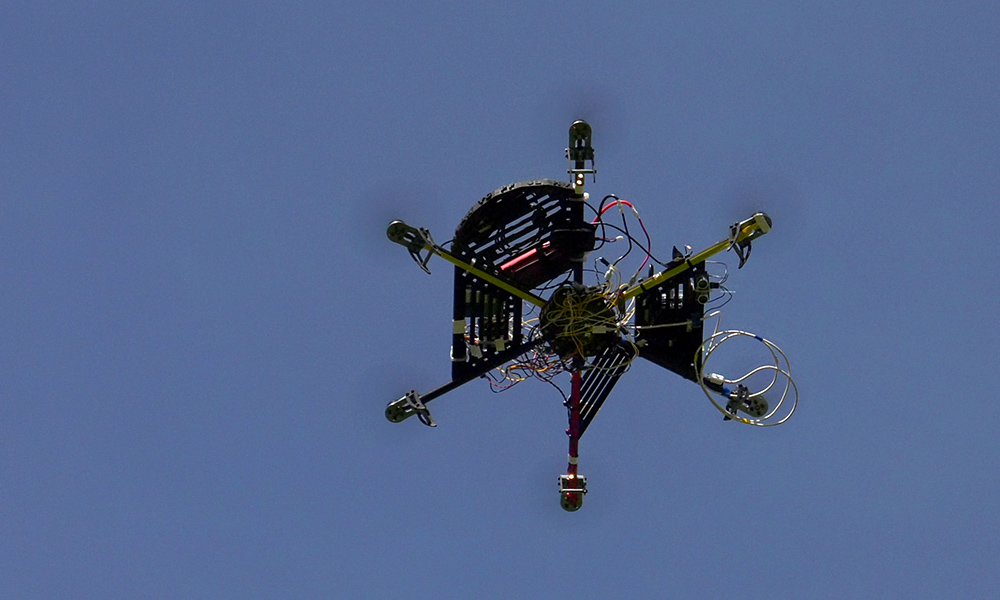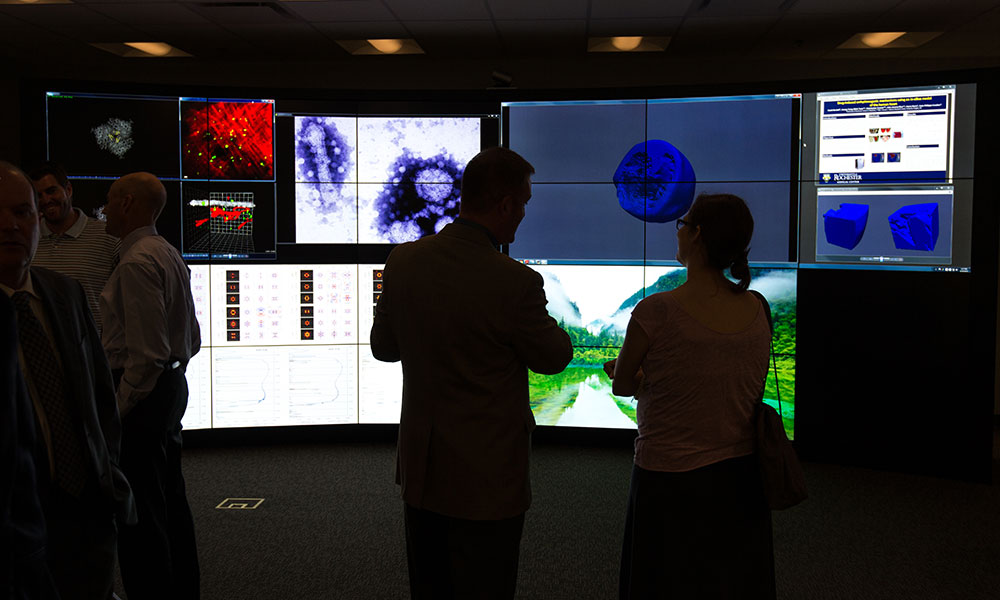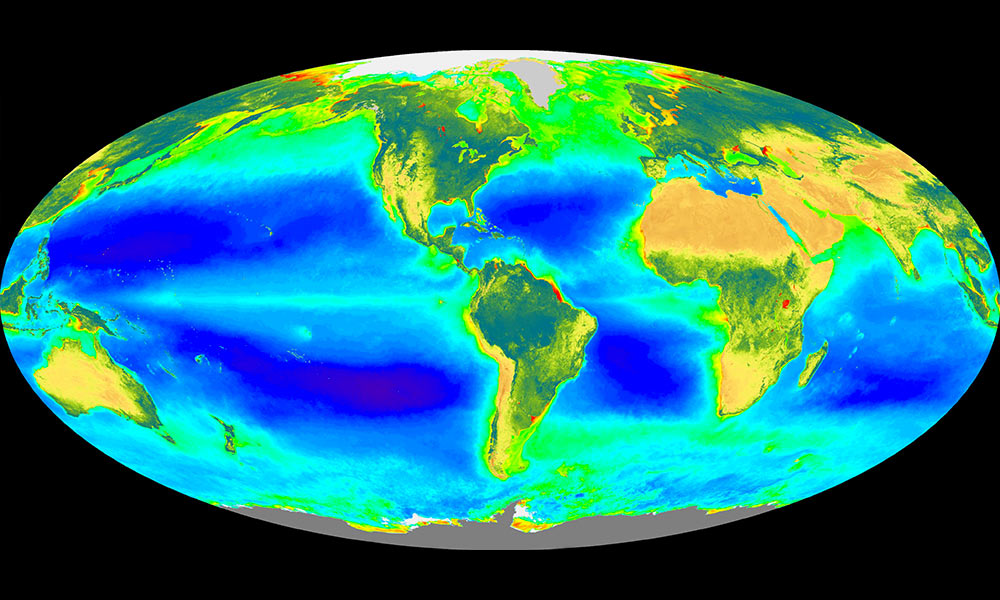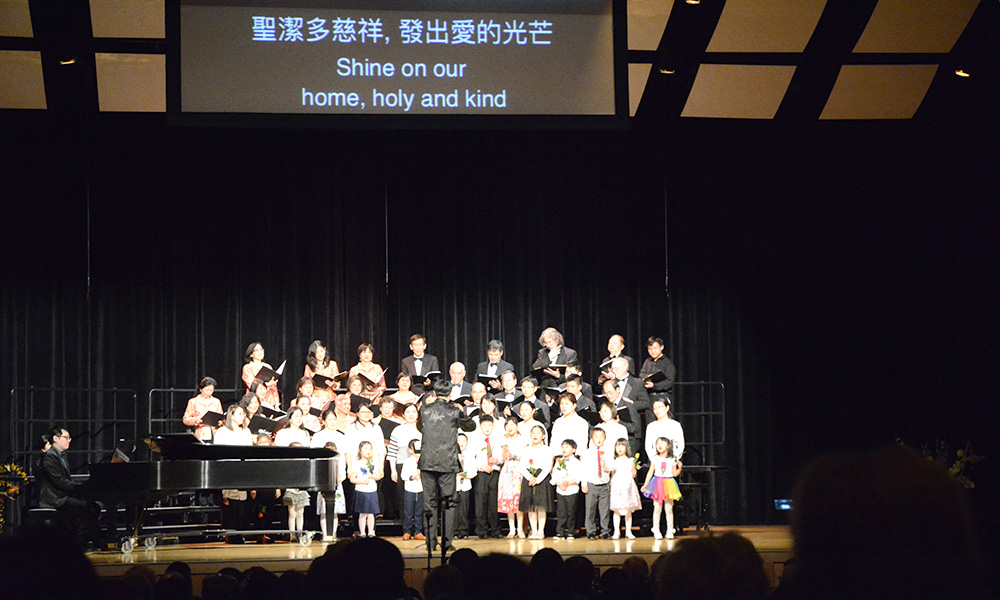
Science & Technology
New system displays song lyrics in real time, multiple languages
May 16, 2017
Zhiyao Duan, an assistant professor of electrical and computer engineering who also sings in the Chinese Choral Society of Rochester, lent his engineering skills to an innovation that provides the audience with live lyrics and translations.

